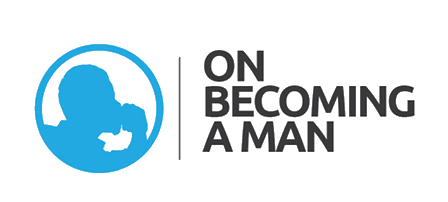Companies like Apple, Netflix, Google, and Dell are 40% more productive than the average company, according to research from the leadership consulting firm Bain & Company. You might think that it’s because these companies attract top-tier employees–high performers who are naturally gifted at productivity–but that’s not the case, says Bain & Company partner Michael Mankins.
“Our research found that these companies have 16% star players, while other companies have 15%,” he says. “They start with about the same mix of star players, but they are able to produce dramatically more output.”
It’s what they do with these high performers. Executives from large companies across 12 industry sectors worldwide said three components of human capital impact productivity more than anything else: time, talent, and energy. And the top quartile organized its business processes in a way that they’re 40% more productive than the rest and consequently have profit margins that are 30%-50% higher than industry averages.
“They get more done by 10 a.m. Thursday morning than the others do in a week, but they don’t stop working,” says Mankins. “This difference compounds every year; over a decade, they can produce 30 times more than the rest, with the same number of employees.”
GROUPING A PLAYERS
The average company follows a method of unintentional egalitarianism, spreading star talent across all of the roles, says Mankins. Companies like Google and Apple, however, follow an intentionally nonegalitarian method. “They select a handful of roles that are business critical, affecting the success of the company’s strategy and execution, and they fill 95% of these roles with A-level quality,” says Mankins. “The rest of the roles have fewer star players.”
An example of how this can play out is Apple and Microsoft in early 2000s, says Mankins. “It took 600 Apple engineers fewer than two years to develop, debug, and deploy iOS 10,” he says. “Contrast that with 10,000 engineers at Microsoft that took more than five years to develop, debut, and ultimately retract Vista. The difference is in the way these companies chose to construct their teams.”
Apple used all-star teams because iOS 10 was a mission critical initiative. In addition, rewards were applied to team performance; no one person on the team could receive an exceptional performance appraisal unless the entire team did. On the other hand, Microsoft used a stacked ranking where 20% of every team got an exceptional review, and compensation was entirely based on individual performance. Microsoft eventually abolished stacked ranking, says Mankins.
“For every member of the team that is not a star player, productivity declines,” he says. “If 100% of the team is star players, productivity is extremely high.”
ELIMINATING ORGANIZATIONAL DRAG
The average company loses more than 25% of its productive power to organizational drag, processes that waste time and prevent people from getting things done, says Mankins. This often happens as a company grows, as the tendency is to put processes in place to replace judgment. Research published in Harvard Business Review found that organizational drag costs the economy more than $3 trillion each year in lost output.
The most common processes relate to expense management, says Mankins. “At most companies, there are spending limits and audits, and employees are tracked,” he says. “At Netflix, however, there is no expense policy. The only policy is, ‘Act in the best interest of Netflix.’ The company is telling employees, ‘We assume you are not here to rip off the company, and we’re not going to put in place processes that consume human capital, waste time, and zap energy.’ They tell employees to assume their best judgment, and they can be more productive if they’re not held back.”
INSPIRING LEADERS
An engaged employee is 44% more productive than a satisfied worker, but an employee who feels inspired at work is nearly 125% more productive than a satisfied one, says Mankins. The companies that inspire more employees perform better than the rest.
“We’ve been taught that you’re either a General Patton and can inspire others or you’re not, but this is not true,” he says. “Inspirational leadership can be taught. Companies that recognize that and invest in making it happen create meaningful impact on the productivity of their company.”
Dell Technologies recognized the productivity difference between inspired and average teams, says Mankins. “Sales teams led by an inspiring leader are 6% more productive than those that have an average leader. If you extrapolate that 6% it accounts for an extra $1 billion in annual revenue. Consider what [poor leadership] is costing your company.”
Individual talent is great, but it can’t turn companies into stars, Mankins says. “We could try everything we want to emulate the habits of highly effective individuals, but it doesn’t matter what we do individually if it runs counter to how an organization gets work done,” says Mankins. “Top-performing companies focus on collective instead of individual.”
Originally published via

